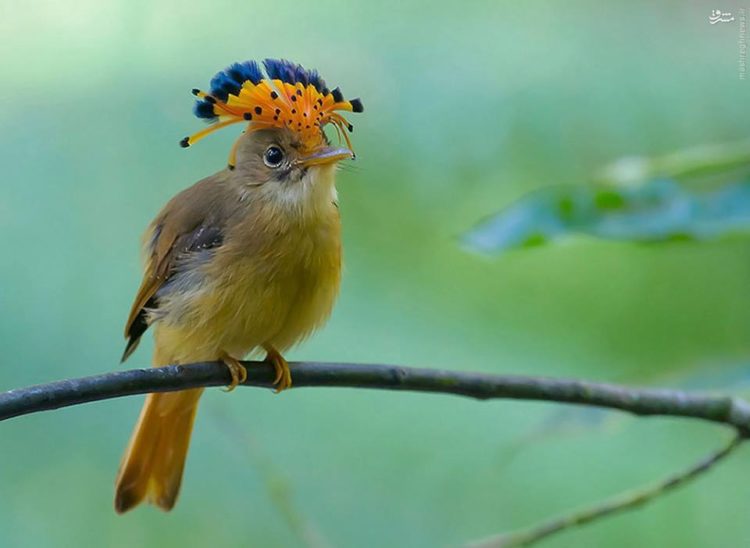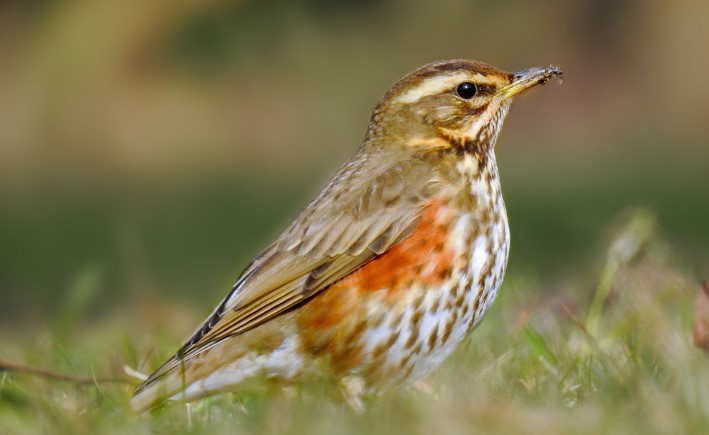The Atlantic Royal Flycatcher (Onychorhynchus coronatus swainsoni) is a bird belonging to the Tyrannidae family.
It is often considered a subspecies of Onychorhynchus coronatus. This bird is endemic to the Atlantic forest in south-eastern Brazil. This royal bird is confined to the dwindling forests of southeast Brazil, in Minas Gerais, Rio de Janeiro, São Paulo, and Paraná. It is threatened by habitat loss, and classified as vulnerable (VU) on the 2007 IUCN Red List.
Regal Atlantic royal flycatcher range remains small and harshly fragmented, though the latest discoveries from at least seven new sites in Paraná and four new sites in São Paulo provide fresh hope for the species. This stunning Brazilian endemic inhabits the understory of lowland and lower montane Atlantic forest, up to 800 meters above sea level. At Intervales State Park, it is found most regularly in the proximity of small watercourses. The Atlantic Royal Flycatcher measures 6.3 to 6.5 inches. This large-billed flycatcher has a remarkable but rarely seen, crest.
This flycatcher has mainly uniform dull brown upperparts with pale, bright cinnamon rump and tail, a whitish throat, and unmarked ochraceous buff underparts. Although, the beautiful crest is habitually left flat, giving a hammerhead shape to the head,. Moreover, when raised, the crest displays an extraordinary combination of scarlet, black, blue, and yellow, replacing red in the female, and is ornately decorated with splashes of black and steel-blue tips.
The flycatcher has the vivid color of the crest that stands out against the uniformly brown plumage of the upper parts and dull-yellow underparts. Thus, by contrast, the rump and tail are a bright cinnamon color, and a small, whitish patch marks the throat. All of the regal royal flycatchers are insectivorous. The bird population is rapidly declining and around 1,600 mature individuals are estimated in the IUCN list and are vulnerable.
The Atlantic royal flycatcher is believed to feed on insects, predominantly flying insects such as dragonflies. This crest bird sometimes joins mixed-species flocks and has been logged connecting with foliage-gleaners and fire-eyes. Moreover, a juvenile has been observed in Rio de Janeiro, Brazil, signifying that breeding happens in the spring (Sep to Oct in the Southern Hemisphere).
Notwithstanding its highly fragmented and diminishing status, the Atlantic forest still maintains a rich array of biodiversity, including several endemic species, and as such, remains one of the highest priorities for conservation action around the world. The Regal Atlantic royal flycatcher is habitually inconspicuous and quiet. The bird song is “a descending, eventually slowing series of plaintive whistles,” and its call is a repeated “keeeeyup or keeee-yew”
Also, Read Black Sickle Bill! The Bird of Paradise













